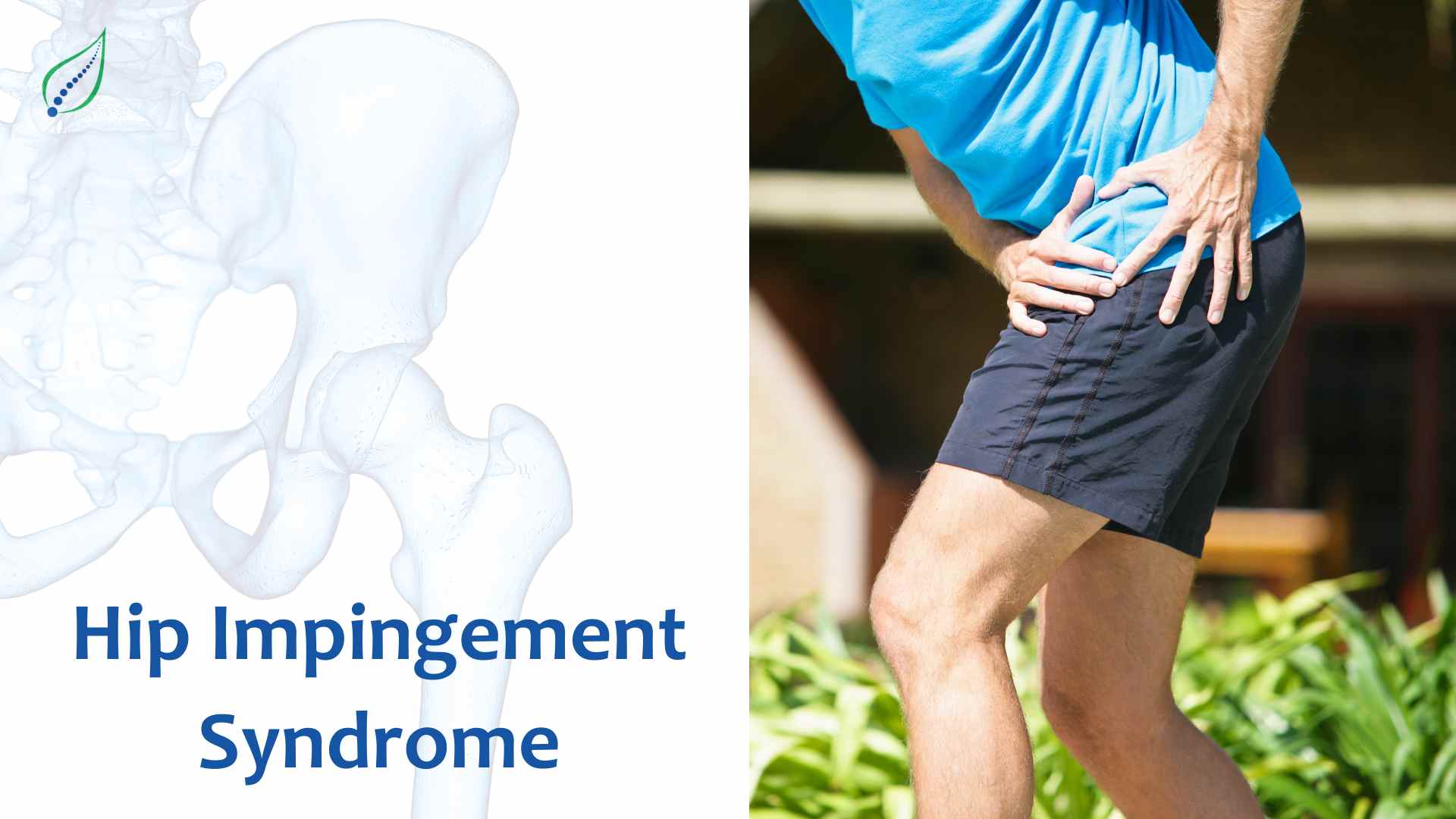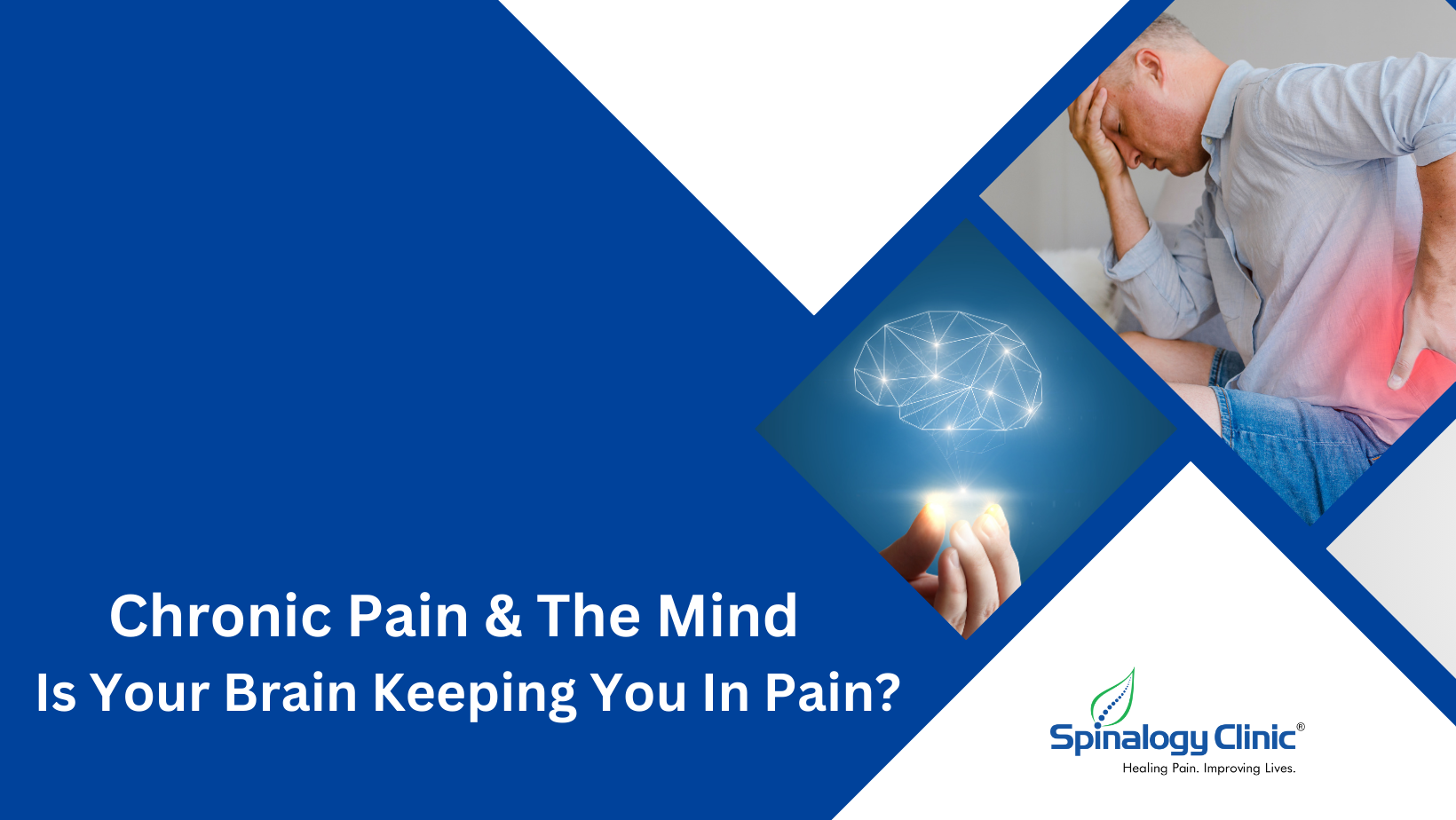Hip Impingement Syndrome: Causes, Symptoms, & Solutions
Hip impingement syndrome is a condition that affects many active adults and can be a source of chronic hip pain. It occurs when the ball-and-socket joint of the hip does not move smoothly due to abnormal contact between the femoral head and acetabulum. This contact puts extra pressure on the cartilage and bones, which can lead to damage over time. While hip impingement used to be treated primarily with surgery, today there are many effective nonsurgical options to manage symptoms and prevent progression.
What Causes Hip Impingement?
There are two main types of hip impingement - cam and pincer. Cam impingement happens when the femoral head is not perfectly round and gets jammed against the acetabulum during hip movements. This often occurs in young active adults and athletes. Pincer impingement is caused by overgrowth of the acetabulum that pinches the femoral head. It becomes more common with age as the bones remodel and change shape. Many people have a combination of cam and pincer impingement.
Genetics play a role, but high-impact activities like sports that require a lot of hip motion also increase the risk. Hip impingement can develop slowly over time or appear suddenly after an injury. Often there is no single cause, but rather repetitive movements and excessive force on the joint lead to the abnormal bone shapes.
Symptoms of Hip Impingement
The most common symptom of hip impingement is anterior hip or groin pain that gets worse with activity. Pain may radiate down the front of the thigh. There is often a limited range of motion, particularly internal rotation of the hip. Achy stiffness after sitting or strenuous activity is also common. Symptoms tend to develop gradually and may come and go at first. As the condition progresses, pain may become more persistent.
Other typical symptoms and signs include:
- Pain when bringing the knee towards the chest
- Clicking, locking or catching sensations in the hip joint
- Trouble putting on shoes and socks due to reduced hip mobility
- Antalgic gait (walking with a limp to avoid hip pain)
- Tenderness when pressing on the hip joint
Non Surgical Treatment Options
If caught early, hip impingement can often be managed non-surgically through activity modifications, physical therapy, anti-inflammatory medications and injections. The goals are to reduce inflammation, improve mobility, strengthen hip muscles and avoid activities that aggravate symptoms. Here are some of the most common conservative treatments:
- Activity modification - Avoiding provocative motions like deep squatting, cutting and pivoting helps take pressure off the joint. Low-impact activities like swimming, cycling and elliptical can be continued to maintain fitness.
- Physical therapy - Specific stretches and exercises improve core and hip strength, flexibility and movement patterns. This helps take stress off damaged areas. Therapists can also utilize soft tissue massage and joint mobilizations.
- NSAIDs - Anti-inflammatory medication like ibuprofen and naproxen reduces pain and swelling. This allows patients to stay active in therapy.
- Cortisone injections – Therapeutic Steroid medication injected directly into the hip joint relieves inflammation and provides symptomatic pain relief.
- Hyaluronic acid injections - These lubricating injections may help improve mobility and delay cartilage breakdown.
- Alternative therapies – Alternative medicines and yoga can provide additional pain relief and support the rehabilitation process.
Prevention and Long-Term Management
Physical therapy and hip strengthening exercises are critical both before and after the onset of impingement symptoms to keep the joint healthy. Maintaining proper hip mobility and alignment with regular stretching prevents stiffness that can aggravate impingement.
Being proactive with a hip-friendly exercise routine, avoiding repetitive impact activities, and addressing muscle imbalances can help prevent or delay the progression of damage. Monitoring symptoms and seeking treatment early is key to getting back to normal activity levels. An ounce of prevention truly pays off when it comes to hip impingement!
Conclusive words
While hip impingement can happen to anyone, being aware of its causes and early warning signs allows you to get ahead of it through proper strength and flexibility training. With some lifestyle adjustments and proactive care, it is possible to keep the hips healthy and avoid progression to more advanced joint disease.

_1742973131.png)
_1742634080.png)

